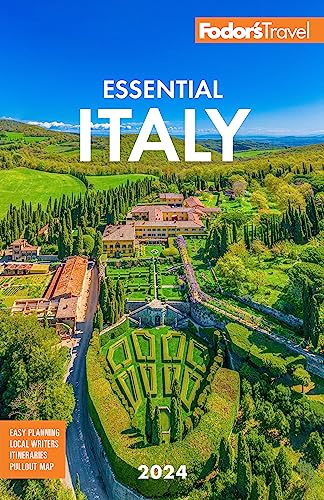A romantic warren of arcaded streets, Padua has long been one of the major cultural centers of northern Italy. Its university, founded in 1222 and Italy's second oldest, attracted such cultural icons as Dante (1265–1321), Petrarch (1304–74), and Galileo Galilei (1564–1642), thus earning the city the sobriquet La Dotta (The Learned). Padua's Basilica di Sant'Antonio, begun around 1238, attracts droves of pilgrims, especially on his feast day, June 13. Three great artists—Giotto (1266–1337), Donatello (circa 1386–1466), and Mantegna (1431–1506)—left significant works in Padua, with Giotto's Scrovegni Chapel being one of the best-known, and most meticulously preserved, works of art in the country. Today, a cycle-happy student body—some 50,000 strong—flavors every aspect of local culture. Don't be surprised if you spot a laurea (graduation) ceremony marked by laurel leaves, mocking lullabies, and X-rated caricatures.
Padua
Explore Padua
Elsewhere In The Veneto and Friuli–Venezia Giulia
Plan Your Next Trip
-
Things To Do




